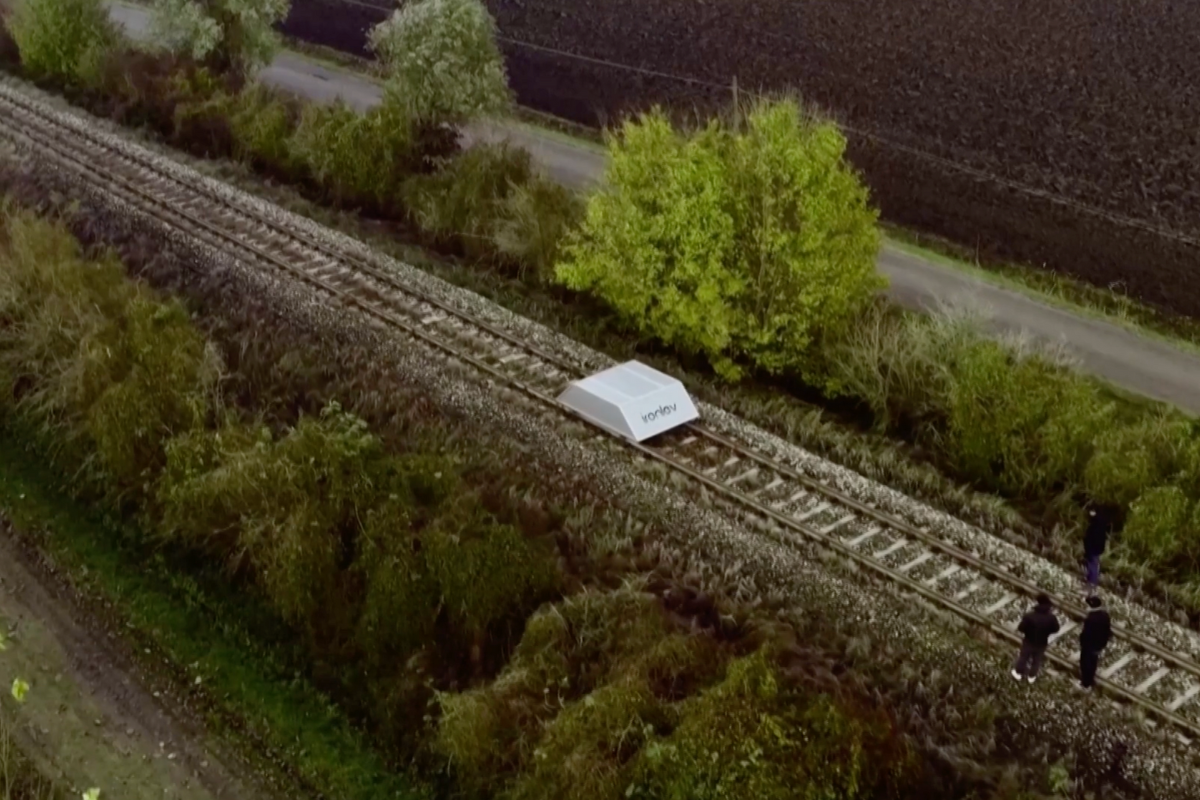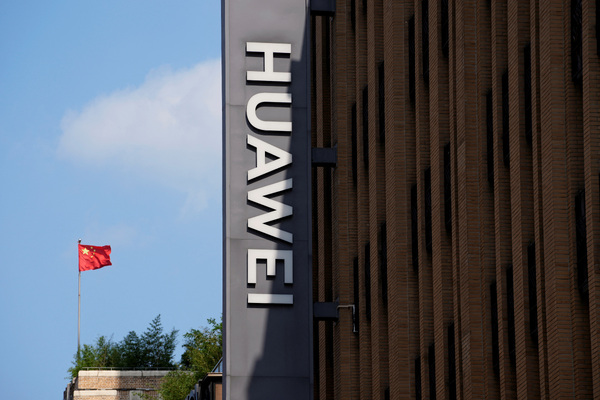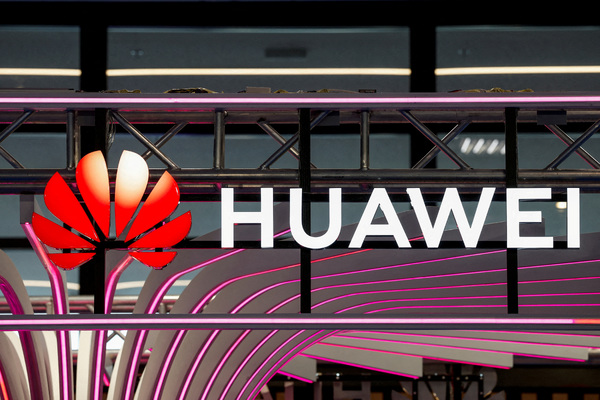Italian firm tests energy-saving maglev technology on railway track

By Giselda Vagnoni
ROME (Reuters) - An Italian company has conducted what it says is the first test of magnetic levitation (maglev) transport on an existing railway track, a technology that has the potential to reduce costs and energy use as the industry seeks more efficient systems.
IronLev, a high-tech firm headquartered in the northern Italian town of Treviso, showcased a video of the test at the LetExpo2024 trade fair in the Veneto region on Tuesday.
The footage shows a one-ton prototype traveling at a speed of 70 km/h (43 mph) over a two-kilometre stretch of line in the hinterland of Venice.
Maglev creates a cushion of air that physically separates the vehicle from the track, reducing friction, noise and vibrations.
The absence of friction makes it possible to drastically reduce energy consumption and maintenance costs for both the vehicle and the infrastructure.
China has been using the technology for almost two decades, albeit on a limited scale. Countries from Japan to Germany have been looking to develop maglev networks, but high costs and incompatibility with existing track infrastructure pose hurdles.
"The test carried out by IronLev represents the first and only case of magnetic levitation applied to an existing railway track without requiring the modification or integration of accessory elements," said Massimo Bergamasco, director of the Institute of Mechanical Intelligence at the Scuola Superiore Sant’Anna in Pisa.
The maglev technologies tested in the past involve the use of an ad-hoc infrastructure to create a magnetic field that interacts with elements on board the vehicle to suspend the load.
Such infrastructure often consists of coils made of conducting material, with high infrastructure costs when compared to traditional railway track.
"Some of our competitors have carried out tests on specific tracks built to accommodate a magnetic levitation vehicle. We have demonstrated that our vehicle can levitate on an existing track," Adriano Girotto, IronLev’s chairman told Reuters.
"You can imagine that this makes it an easily usable technology," he added in an interview.
IronLev aims to develop an additional motorised trolley in a couple of years to test a vehicle with weights of up to 20 tonnes and speeds of up to 200 km/h, Girotto said.
Meanwhile, the company has already begun implementing its technology in practical applications, using it to move heavy windows, elevators, and to transport loads within industrial settings.
(Reporting by Giselda Vagnoni; Editing by Jan Harvey)

Business Reporter Team
Related Articles
Most Viewed
23-29 Hendon Lane, London, N3 1RT
23-29 Hendon Lane, London, N3 1RT
020 8349 4363
© 2024, Lyonsdown Limited. Business Reporter® is a registered trademark of Lyonsdown Ltd. VAT registration number: 830519543



